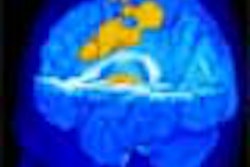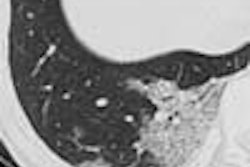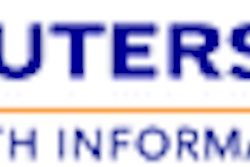American College of Radiology, Philadelphia, 2002
$199 for ACR members; $500 for non-members; $99 for members-in-training
The second edition of this Learning File features many improvements on an already excellent product. This new edition covers more pathology, with a greater review of manifestations in multiple modalities and near-exhaustive discussions. With near-perfect form and content, this CD-ROM will be indispensable to any practice, academic or private.
Its true strength lies in its applicability to all residents or radiologists. This series provides thorough, yet succinct, reviews of multiple disease entities. It explains the etiology and manifestation of radiographic disease patterns to the junior doctor, while providing detailed differentials to the resident preparing for boards or radiologist in daily practice.
The new interactive format utilized by the Learning File makes it easier to access information. Images can be viewed in normal or magnified formats while providing simultaneous access to findings and discussions. Annotations are heavily employed and clearly elaborated. Image quality is superior across all modalities.
Each gastrointestinal disease is presented and reviewed in detail. Eight tabbed subsections cover gastrointestinal pathology, with an emphasis on normal anatomy, common pathology, and its manifestation across multiple modalities. Plain film, barium studies, CT, and MR are covered with appropriate and ample distribution. Each subsection opens with a review of technique, anatomy, and physiology that prepares the reader for the subsequent discussions of disease and its radiographic correlates.
The opening tabbed category covers 24 cases of radiographic disease by plain film. Detailed reviews of normal findings and artifacts are included. Each disease is broken down by history, radiographic findings, diagnosis, and discussion. These subsections provide reviews of normal anatomy, physiology, and the aberrant processes creating radiographic disease patterns. This section includes CT and MRI correlation and discussion.
The remaining sections systematically dissect the entire GI and biliary tracts, liver spleen and pancreas with similar thoroughness. Barium studies, including techniques, pitfalls, artifacts, and pathology are reviewed. Cross-sectional imaging is covered in depth, with an explanation of the disease processes behind the radiographic findings with well-annotated images.
The Gastrointestinal Learning File has succeeded where multiple other multimedia products have fallen short. It provides an intuitive interactive format with superb imaging and detailed, useful discussion. This product will hopefully become a standard format for future educational tools in imaging.
By Dr. Daniel ReidmanAuntMinnie.com contributing writer
July 8, 2003
Dr. Reidman is a radiology resident at the Madigan Army Medical Center in Tacoma, WA.
The opinions or assertions contained herein are the private views of the author and are not to be construed as official or as reflecting theviews of the Department of Defense.
If you are interested in reviewing books, let us know at [email protected].
The opinions expressed in this review are those of the author, and do not necessarily reflect the views of AuntMinnie.com.
Copyright © 2003 AuntMinnie.com



















